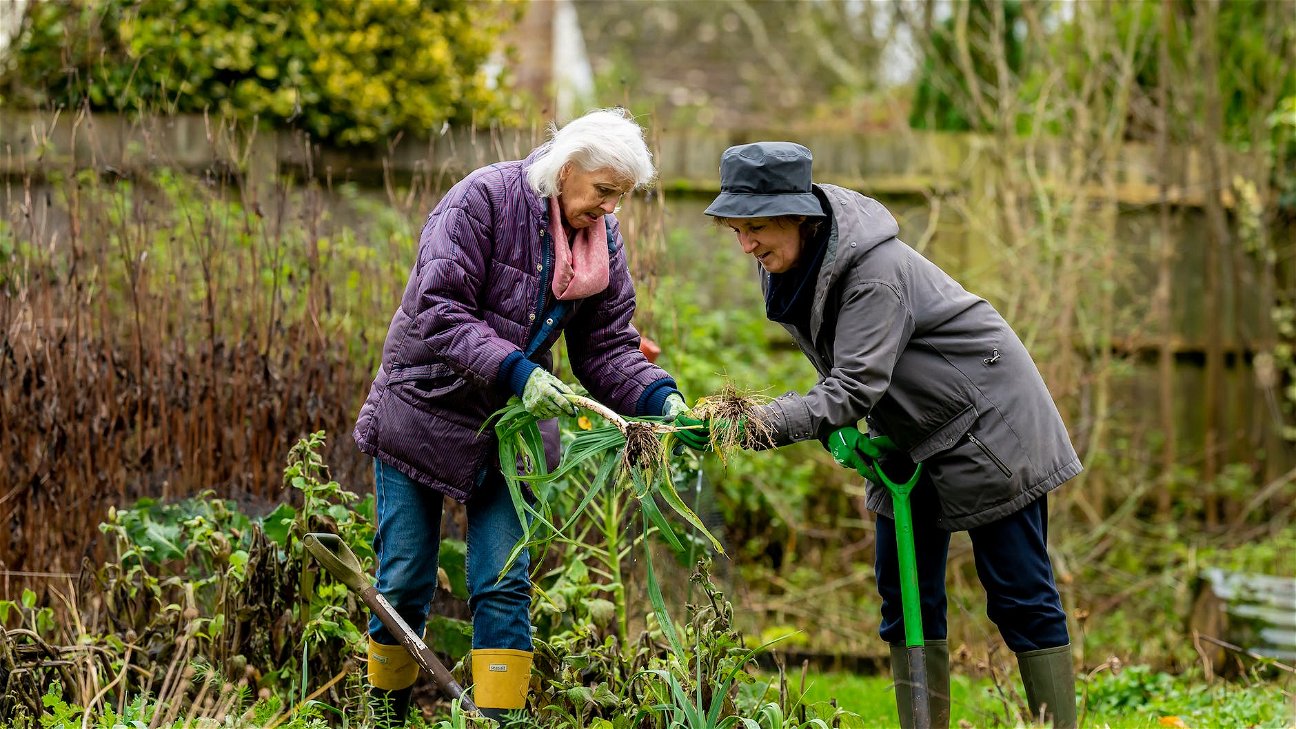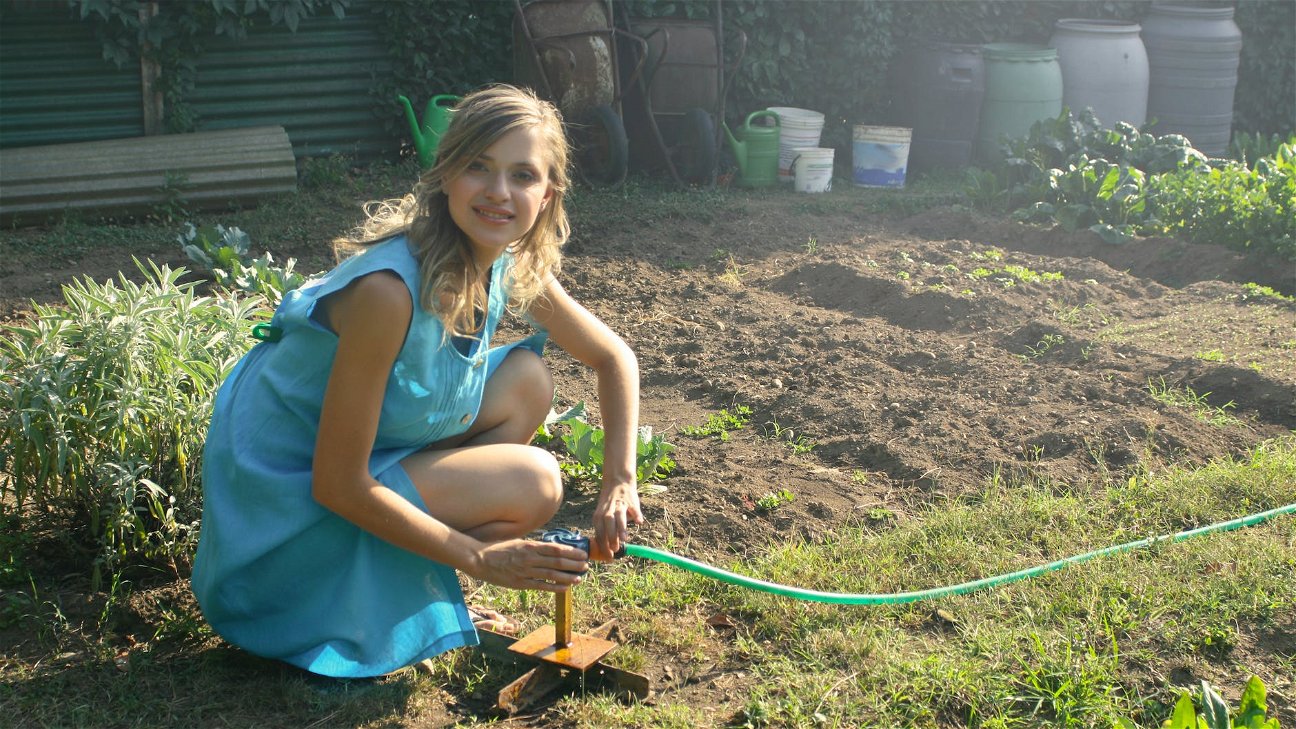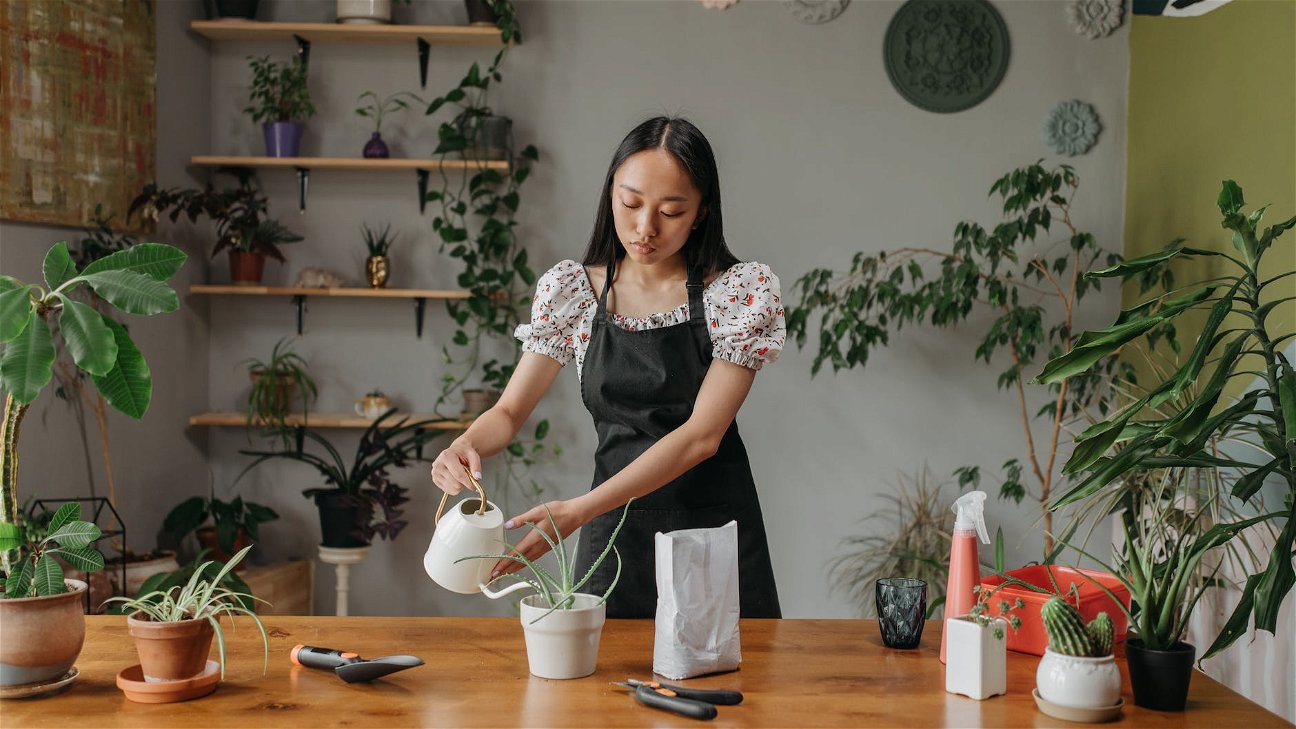
Soil pH is a critical aspect of gardening that often gets overlooked. Yet, it's so important that it could be the difference between a thriving garden and a failing one. In this guide, we'll explore the importance of soil pH, its effects on plants, and how you can adjust it to foster optimal growth in your garden.
Understanding soil pH
Soil pH is a measure of how acidic or alkaline your soil is. It's measured on a scale from 0 to 14, with 7 being neutral. Anything below 7 is considered acidic, and anything above is alkaline.
Plants have a preferred pH range, and when the soil pH falls within that range, the plants can absorb the necessary nutrients from the soil. But when the pH is too high or too low, it can lock out certain nutrients, stunting plant growth and leading to a range of other problems.
Testing your soil pH
Before you can adjust your soil pH, you first need to test it. You can do this using a soil pH meter or soil pH test kit, which are both readily available at most gardening stores.
To test your soil, just follow the instructions that come with your testing kit or meter. It's best to test in multiple areas of your garden, as pH can vary.
Adjusting your soil pH
Once you know your soil pH, the next step is to adjust it as needed. The ideal pH for most plants is between 6 and 7, but some plants prefer more acidic or alkaline soil.
If your soil is too acidic, you can raise the pH by adding lime or wood ashes. If it's too alkaline, you can lower the pH by adding elemental sulfur or peat moss.
Here's a rough guide on how much of each amendment to add:
Remember, adjusting soil pH is a gradual process that takes time. Don't expect instant results, and avoid adding too much amendment at once, as it can harm your plants.
The effects of soil pH on plants
Soil pH affects plants in several ways. Most notably, it influences nutrient availability. For example, phosphorus, a vital nutrient for plant growth, is most available in soil with a pH between 6 and 7.
Some nutrients, like iron and manganese, become more available in acidic soil, which can lead to toxicity if the pH is too low. On the other hand, alkaline soil can lead to deficiencies in these nutrients.
Different plants have different pH preferences. For example, blueberries prefer acidic soil, while cabbage prefers alkaline soil. It's essential to consider the pH preferences of your plants and adjust your soil pH accordingly.
Understanding and managing soil pH is a key part of successful gardening. By monitoring and adjusting your soil's pH, you can create an optimal environment for your plants to thrive.











